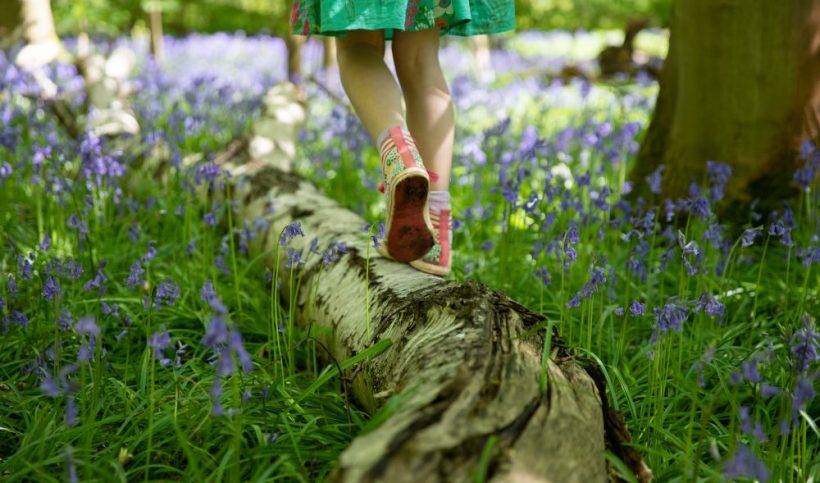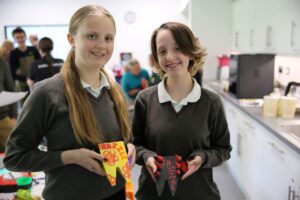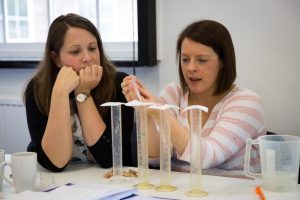Bluebells to bloom with Headington schools’ woodland experiment
Tuesday 20th November 2018

We walked within an ancient wood
Beside the Heart-of-England way
Where oak and beech and hazel stood,
Their leaves the pale shades of May.
The Bluebell Wood, by Felix Dennis
This autumn we’re bloomin’ excited to launch the Science Oxford Bluebell Experiment! Local primary schools in Headington will grow bluebells at school to be planted in the woodlands around our new Science Oxford Centre at Stansfeld Park, which opens in 2019.
We all love heading out into the woodland each spring to search for scented carpets of Britain’s native bluebells (Hyacinthoides non-scripta), many of which can date back to the 1600s – but why and where do bluebells magically spring up from, how does a bulb become a plant, how big can they grow and what do they need to survive?
Science Oxford is providing bulbs, compost, measuring tools and a recording platform to support the children as they grow bluebells at school. We’re also challenging them to discover the secrets of these mysterious plants for themselves, with a little help from history, poetry, art, Greek mythology and they may even help to fight off alien invasions!
The project is being led by our ecologist Dr Roger baker, who says, “We’re excited to be helping children from our local partnership schools learn how to grow plants from bulbs this winter. Bluebells are fantastic native plants that seem to magically appear before the trees come into leaf every spring. We hope that some children will bring their bluebells to plant on the Stansfeld site next spring, ready to be enjoyed by visitors once we open.”
We’ll be following the project on twitter, Instagram and Pinterest until next spring, and perhaps some of you will be wandering through Science Oxford’s magic bluebell woodland in years to come.




